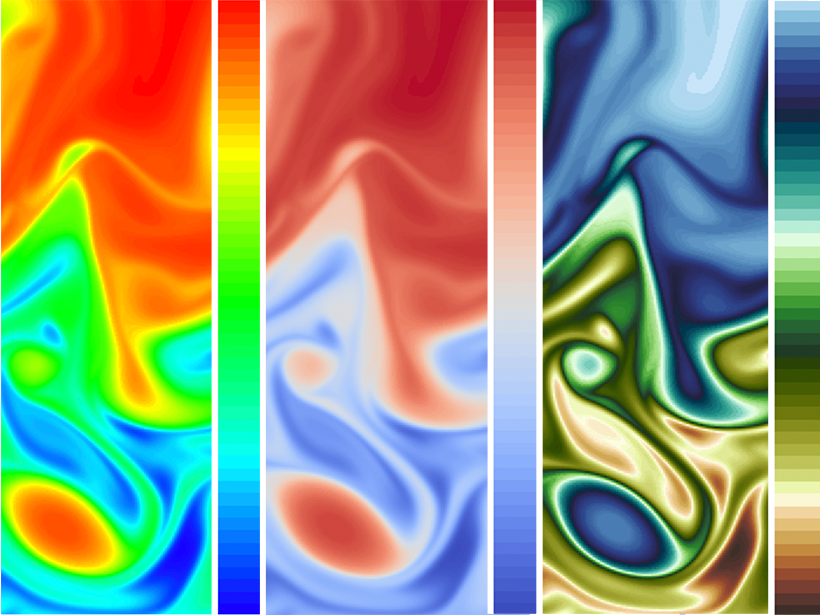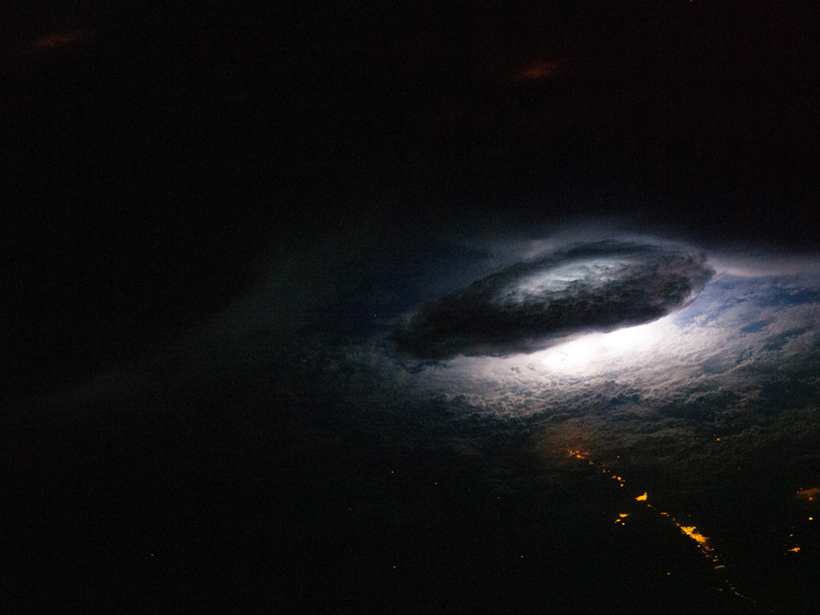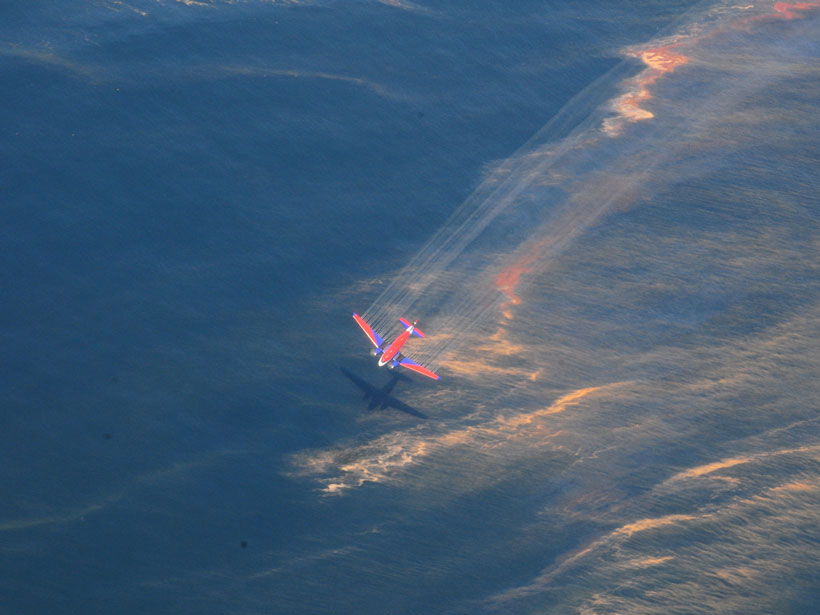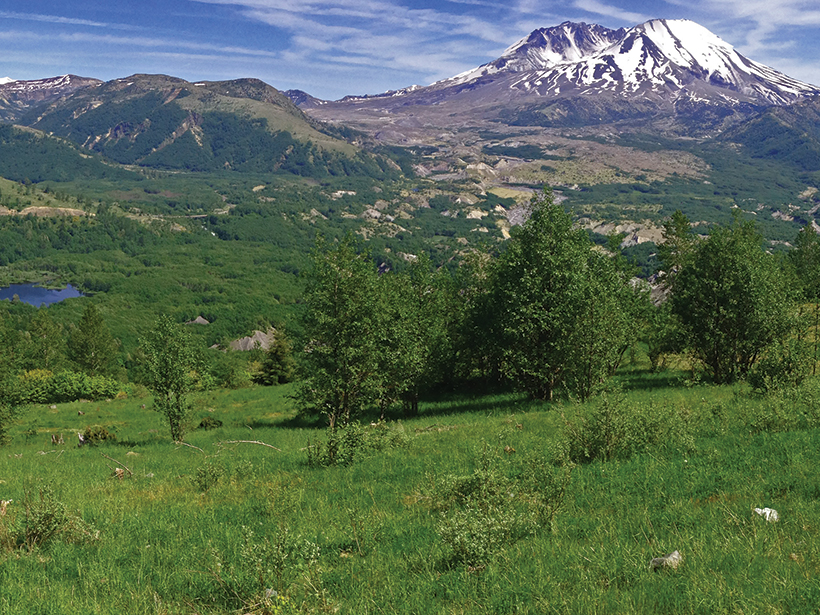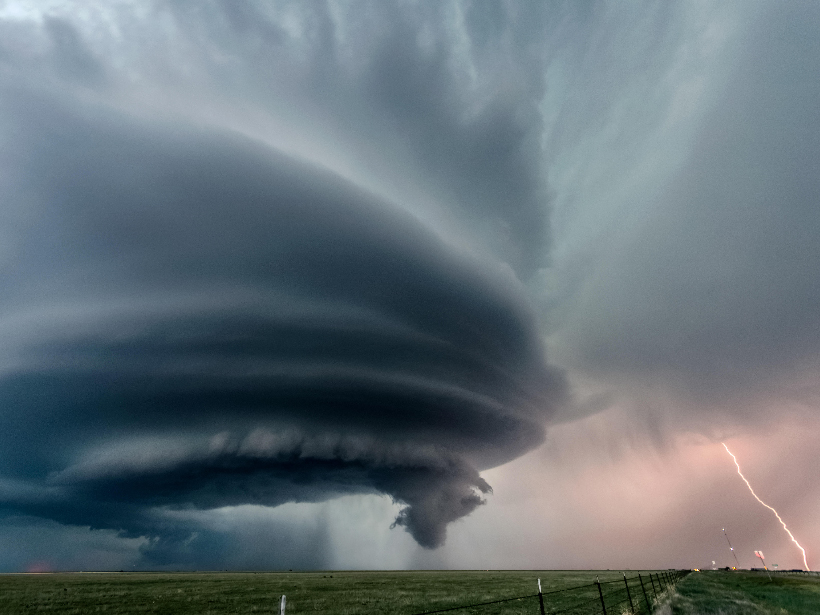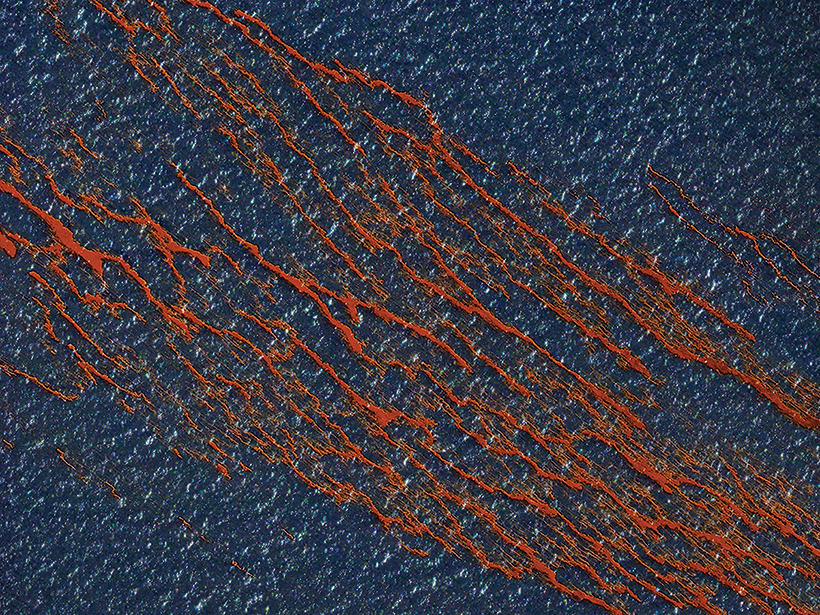Color plays a major role in the analysis and communication of scientific information. New tools are helping to improve how color can be applied more accurately and effectively to data.
Features
Studying Earth’s Double Electrical Heartbeat
Charged by thunderstorms and other weather phenomena, the global electrical circuit connects the entire planet.
Why Sunlight Matters for Marine Oil Spills
A decade of research since the Deepwater Horizon disaster has revealed how sunlight—its importance long understated in oil spill science—substantially alters petroleum floating at the sea surface.
Lessons from a Post-Eruption Landscape
Four decades of research into biophysical responses to the 1980 eruption of Mount St. Helens have vastly improved our understanding of how landscapes react to cataclysmic disturbances.
Planetary Lightning: Same Physics, Distant Worlds
Lightning on Earth needs just a few simple ingredients to generate a spark. Those ingredients exist throughout the solar system and beyond.
Lightning Research Flashes Forward
A greater understanding of lightning mechanisms is spurring the development of more accurate weather forecasting, increased public health precautions, and a more sophisticated understanding of lightning itself.
Lost in the Everglades
Living in Geologic Time: An unintentional adventure in the River of Grass shows how Florida has changed dramatically over 15,000 years of human habitation.
Deepwater Horizon and the Rise of the Omics
Microbial genomics techniques came of age following the Deepwater Horizon spill, offering researchers unparalleled insights into how ecosystems respond to such environmental disasters.
Modeling Under Pressure
At a critical moment in the effort to end one of the world’s worst oil spills, one scientist holed up in his office and pulled an all-nighter to calculate the well’s aquifer support.
High Water: Prolonged Flooding on the Deltaic Mississippi River
Changing climate and land use practices are bringing extended periods of high water to the lower Mississippi River. New management practices are needed to protect people, industry, and the land.

